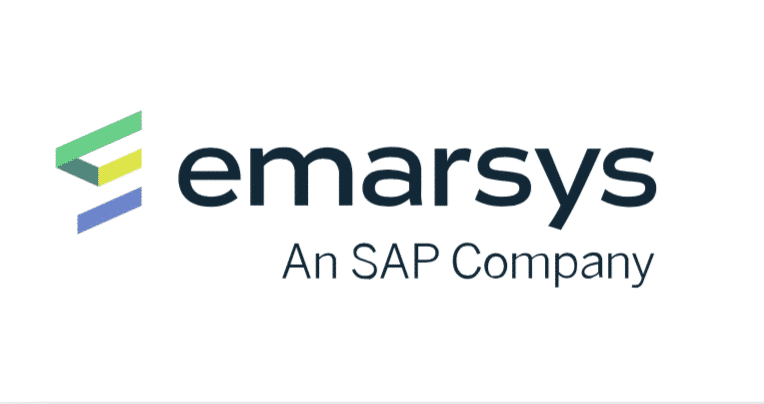Email marketers are hard-pressed to both execute and then measure campaign performance. These five key questions – plus several derivative questions – will ultimately help ensure your compass is set due north for optimal email marketing success. We’ll look at campaign goals, audience, content, time sent, and success metrics.
It’s often tempting to get so caught up in the excitement of creating and orchestrating email campaigns that you lose sight of initial goals and objectives.

Thus, it’s important to ask the right questions, define objectives for every email campaign, and continuously refine and optimize.
Mapping email campaigns from beginning to end creates a foundation upon which every subsequent decision is based.
To help get you started, here are five questions to keep in mind when planning your next email campaign.
1. What Is the Goal of This Campaign?
The first question should be an obvious one, but is often overlooked as we all rush to get campaigns shipped: What is the goal of this campaign?
First and foremost, outline the overarching objective of a campaign with answers to these questions.
- Who is the intended audience?
- What do you want them to think or do as a result of reading your message?
- Is the purpose educational or transactional?
- What is your desired outcome of the campaign?
These are all critical questions to keep in mind. Without a clearly defined goal, a campaign is more likely to fall off the rails than to succeed.
2. Who Is the Target Audience?
Digging deeper into the first question above, identifying the target audience is critical for personalizing content and maximizing success.
- Who is in my email list?
- What do I know about my recipients?
- What information would be most valuable to this audience?
- How can I break down my list into smaller segments so my message is more relevant to each individual?
Depending on the audience, you’ll then begin to determine the level of personalization you are able to achieve and types of content would be most effective.
3. What Content Are You Sharing?
After establishing the goals of the campaign and defining the audience, you then need to develop relevant content and a means of delivering your message.
Remember, at the core of content development is personalization so take a moment to think through the tools you have available to deliver more customized, more relevant content to each individual.
Content-related questions to ask include:
- Do I have an opportunity to include multiple types of dynamic content to maximize customization?
- Am I customizing emails to present certain messages or incentives to specific recipients?
- Have I included a personalized subject line?
A quick word on mobile responsiveness (especially for audiences that open most messages on mobile devices): always check to make sure content is available and renders correctly on a variety of different devices and platforms.
4. When Will You Send Your Emails?
There are a few ways to ensure optimal send time, which, in turn means increased open rates, clicks, and conversions.
- How has a particular segment’s open rates performed over time? Are open rates going up or down?
- Would it help increase open rates if I could automatically deploy each email at the most opportune moment for every individual recipient? Send Time Optimization requires little manual work, as the technology analyzes historical data to decide when to send each message.
- Am I sending trigger-based emails using marketing automation? In this case, timely emails are sent after a specific event occurs (an example is an automated ‘Thanks for Registering’ email after someone signs up for a brand newsletter). Automated emails are also easy for marketers to manage and optimize within most of today’s marketing platforms.
Related Content: What is Marketing Automation?
5. How Will You Measure Success?
This is one of the most important things to consider before sending an email campaign.
Related Content: The Ultimate Guide to Measuring Email Marketing Success: 12 Key Metrics
- What metrics will be measure success?
- How will these metrics be tracked across the entire campaign? (TIP: the best place to start here is measuring launch statistics, which can help provide a benchmark for success)
- Are we measuring email responses and conversions, including clicks, opens, and social shares?
All of these metrics should be tracked in comprehensive dashboards for maximum visibility.
Tracking email metrics in a single location also provides the ability to go back and analyze areas for improvement or optimization.
Plus, building a log of metrics and success rates helps gauge overall effectiveness and plan long-term email marketing goals
Final Thoughts
As you begin to plan your next email marketing campaign, make sure you keep these questions in mind. This will help ensure every decision and step is aligned towards a clear, measurable goal.
Related Articles:














